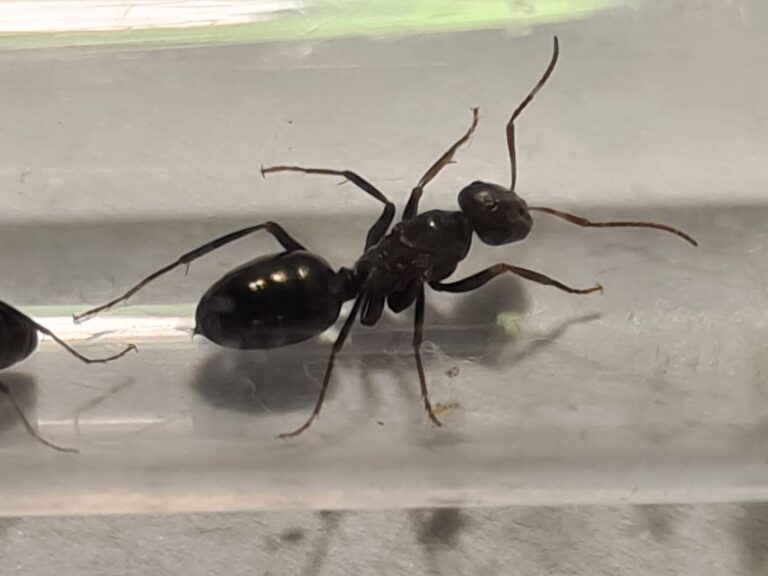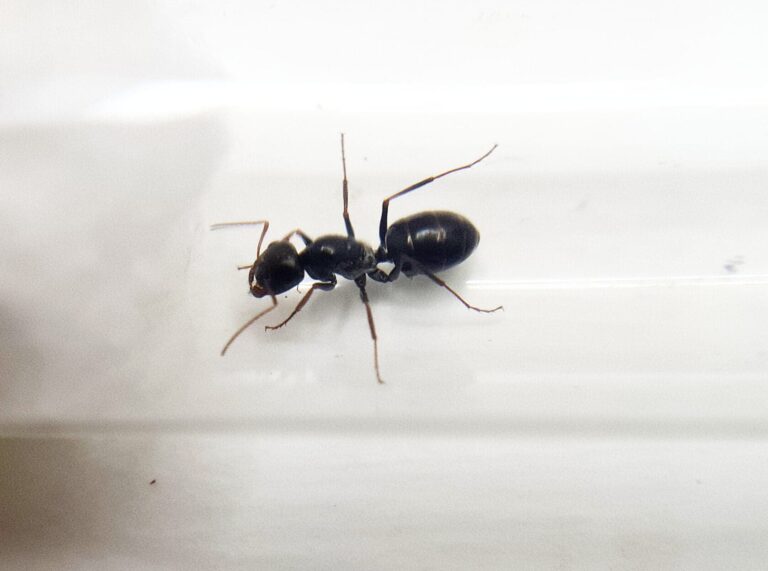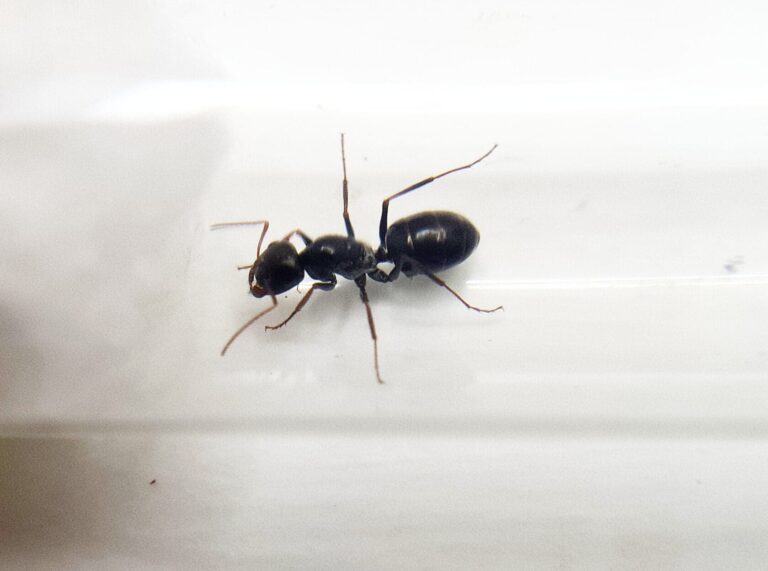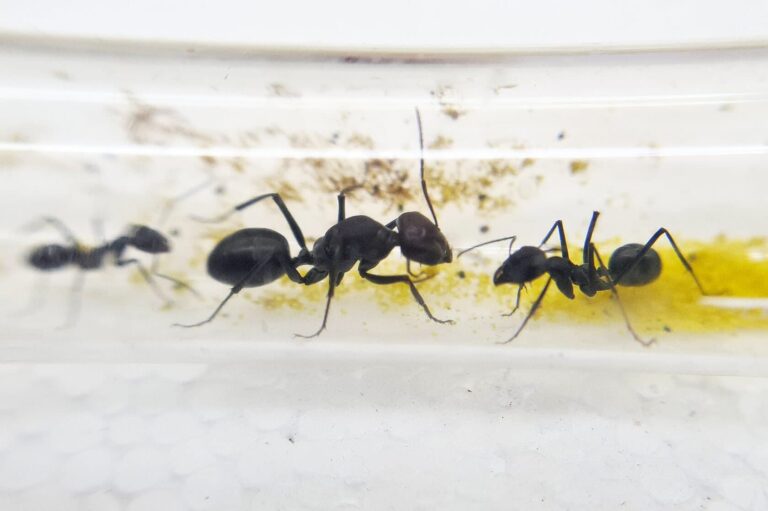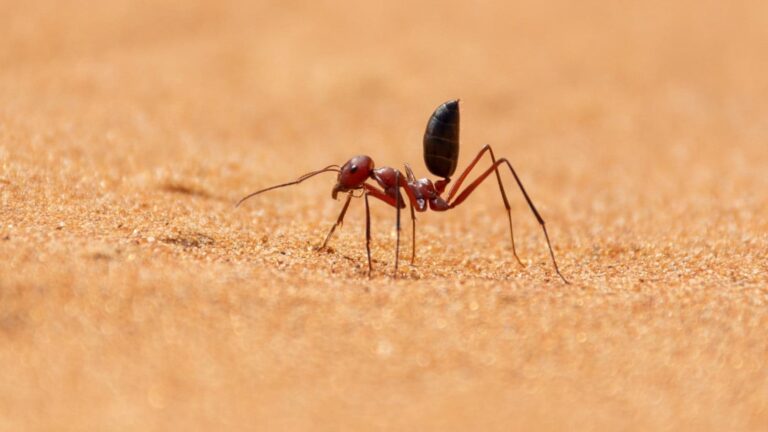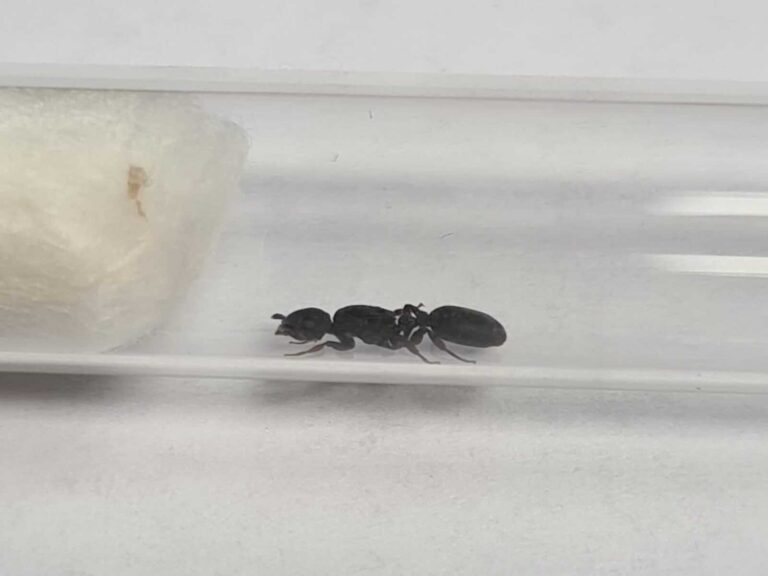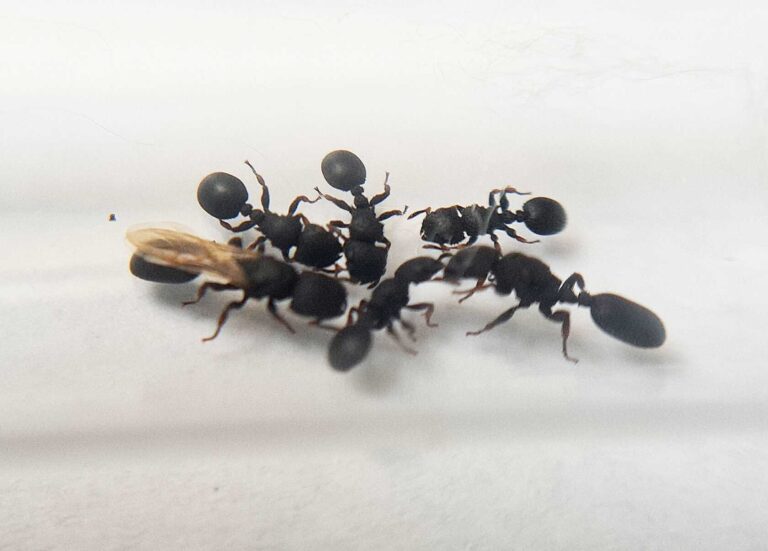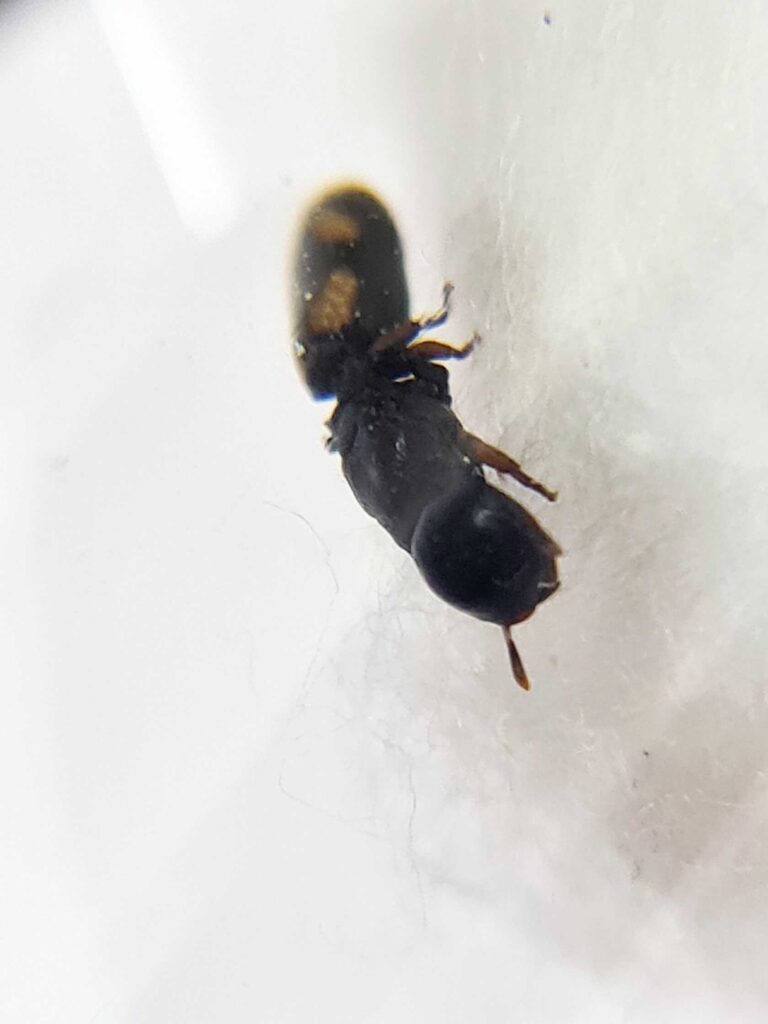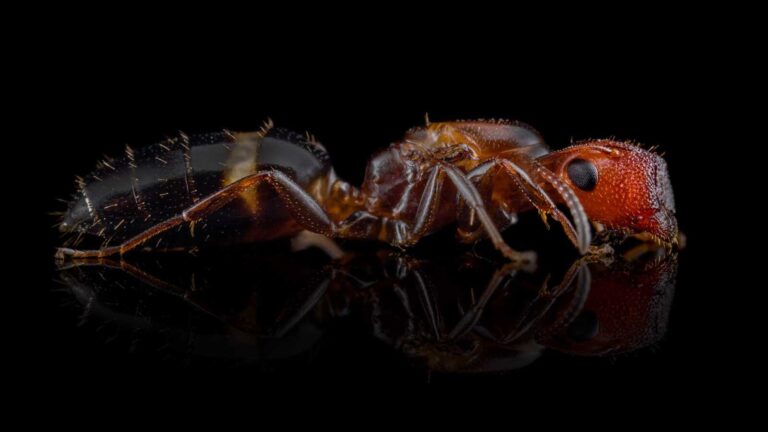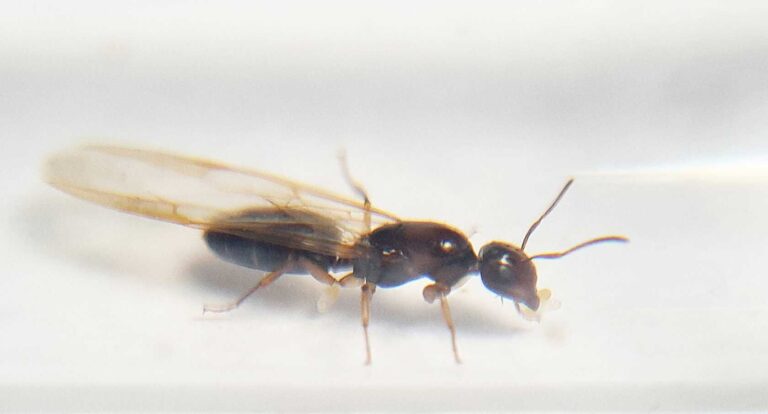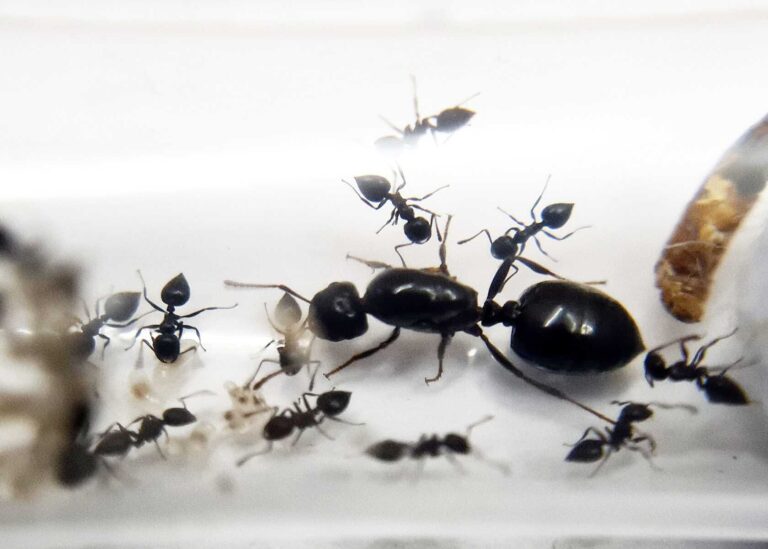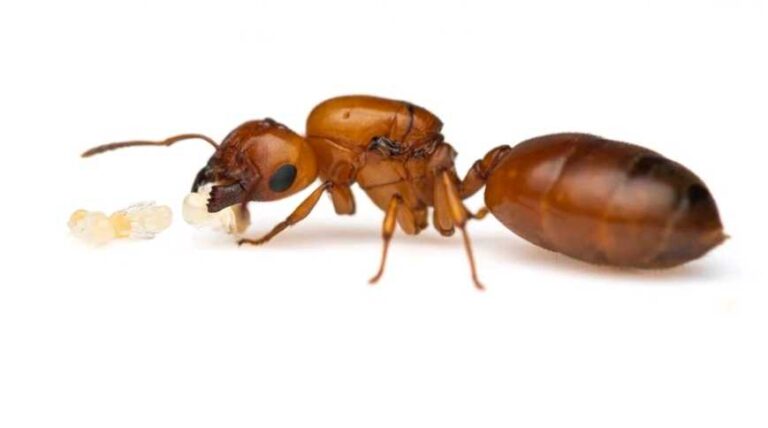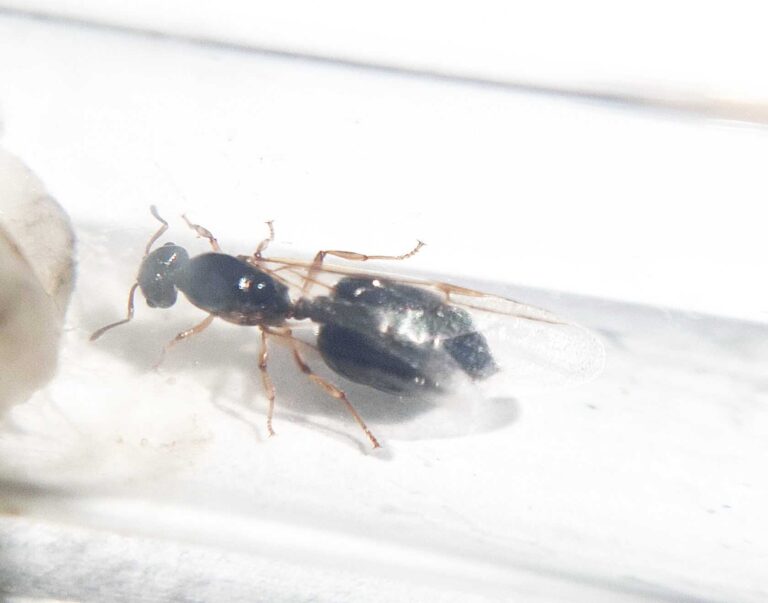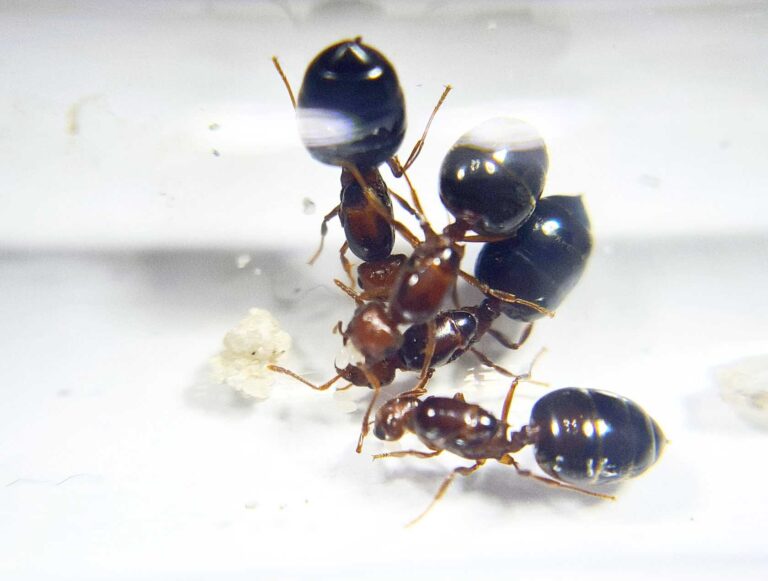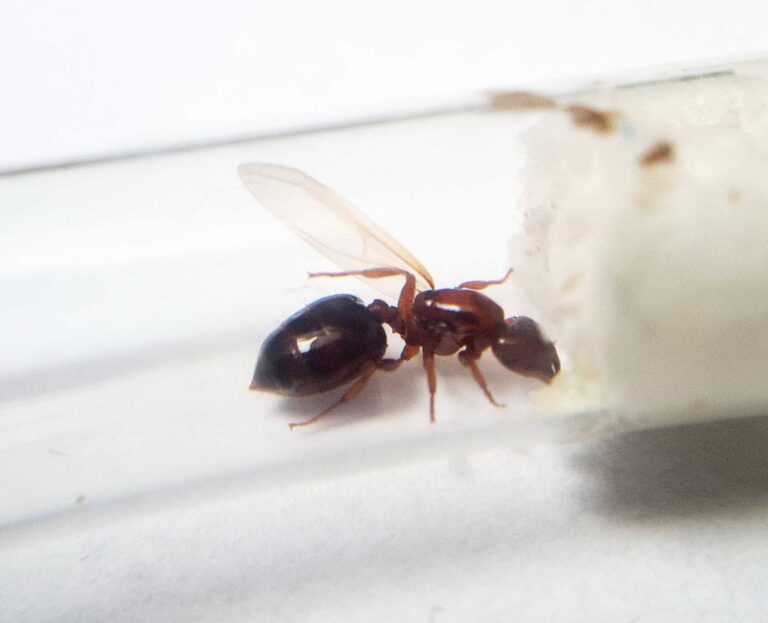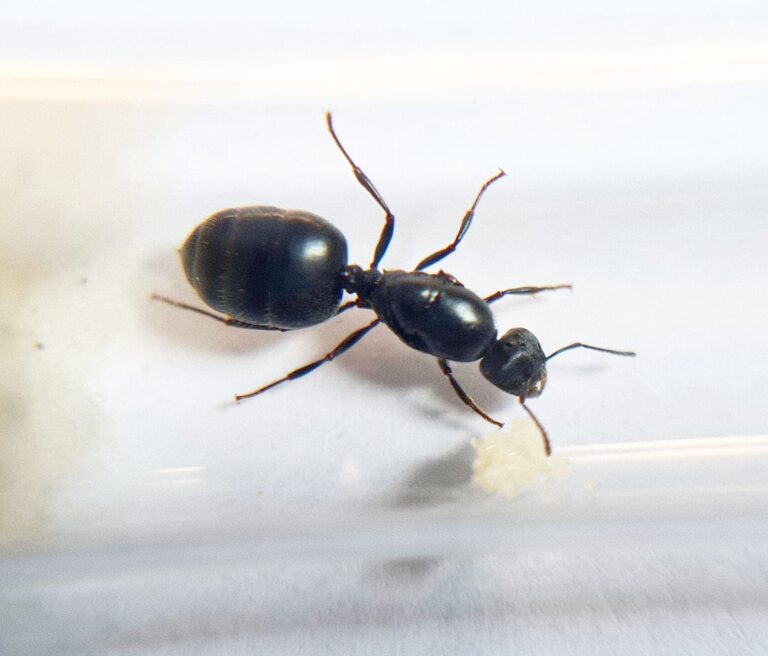Showing 161–180 of 323 results
Product categories
Stock status
Filter by price
Behavior
- ShyShy 5
- CalmCalm 75
- ModerateModerate 141
- AggressiveAggressive 89
- FastFast 11
Defficulty
Number of workers
- Queen 312
- Queen and 1-50 workers 14
- Queen and 1-3 workers 300
- Queen and 4-10 workers 303
- Queen and 11-20 workers 303
- Queen and 21-40 workers 303
- Queen and 41-60 workers 297
- Queen and 61-100 workers 186
- Queen and 51-100 workers 14
- Queen and 101-200 workers 39
- Queen and 201-500 workers 19
- Queen and 501-1000 workers 10
- 2 Queens 31
- 2 Queens and 1-50 workers 7
- 2 Queens and 1-3 workers 28
- 2 Queens and 4-10 workers 28
- 2 Queens and 11-20 workers 28
- 2 Queen and 21-40 workers 26
- 2 Queens and 41-60 workers 27
- 2 Queens and 61-100 workers 15
- 2 Queens and 101-200 workers 15
- 2 Queens and 51-100 workers 7
- 2 Queens and 201-500 workers 8
- 2 Queens and 501-1000 workers 2
- 3 Queens 16
- 3 Queens and 1-50 workers 7
- 3 Queens and 1-3 workers 15
- 3 Queens and 4-10 workers 15
- 3 Queens and 11-20 workers 15
- 3 Queens and 21-40 workers 15
- 3 Queens and 41-60 workers 15
- 3 Queens and 61-100 workers 9
- 3 Queens and 51-100 workers 7
- 3 Queens and 101-200 workers 12
- 3 Queens and 201-500 workers 8
- 3 Queens and 501-1000 workers 1
Origin
Filter by size
MicroMicro 13
SmallSmall 62
MediumMedium 159
LargeLarge 73
HugeHuge 14
Wintering
Cataglyphis iberica
249,90 zł – 389,90 złPrice range: 249,90 zł through 389,90 złThe Cataglyphis iberica is a polygynous ant species with colonies that can contain up to 5000 individuals. They have a very fast development speed. The ants vary in size, with the queen measuring 9-12 mm, workers measuring 4-11 mm, and majors measuring 8-12 mm. They have a black abdomen, back, and head that is dark red in color. Their nutrition consists of insect food, syrup, fruit, vegetables, and jelly.
Cataglyphis isis
459,90 zł – 609,90 złPrice range: 459,90 zł through 609,90 złCataglyphis isis is a polygynous ant species with a colony size of up to 5000 workers. They have a very fast development speed. The queen measures 9-11 mm in size, while workers range from 4-9 mm. They are characterized by their red color and slightly yellow legs. Their nutrition consists of food insects, syrup, fruits, vegetables, jelly, and cooked chicken without salt.
Cataglyphis nodus
429,90 zł – 679,90 złPrice range: 429,90 zł through 679,90 złThe Cataglyphis nodus is a species of ant with a polygynous colony type and a fast development speed. The colony can have up to 5000 workers and the ants range in size from 15-18 mm for the queen and 5-15 mm for the workers. They have a dark red color and their nutrition consists of food insects, syrup, fruit, vegetables, jelly, and cooked chicken without salt.
Cataglyphis savignyi
1399,90 zł – 1679,90 złPrice range: 1399,90 zł through 1679,90 złCataglyphis savignyi is a polygynous ant species with colony sizes up to 10,000 individuals. They have a very fast development speed and range in size from 16-21 mm for the queen and 5-17 mm for the workers. These reddish brown ants primarily feed on food insects, syrup, fruits, vegetables, jelly, and cooked chicken without salt.
Cataglyphis velox
529,90 zł – 905,90 złPrice range: 529,90 zł through 905,90 złCataglyphis velox is a polygynous ant species with colonies consisting of up to 5000 workers. They have a very fast development speed. The queen ant has a size of 13-17 mm, while the workers range from 5-15 mm. Their color is red with a black abdomen. They primarily feed on food insects such as cockroaches and crickets, as well as syrup, fruit, vegetables, jelly, and cooked chicken without salt.
Cataulacus granulatus
299,90 zł – 479,90 złPrice range: 299,90 zł through 479,90 złCataulacus granulatus is a polygynous ant species with a fast development speed. The colony size is approximately 1000 individuals. The queen measures 7-9 mm in size, while the workers measure 5-6 mm. They are black in color. Their nutrition consists of food insects, syrup, fruit, vegetables, jelly, and cooked chicken without salt. The required humidity level is not specified.
Cataulacus horridus
289,99 zł – 469,90 złPrice range: 289,99 zł through 469,90 złThe captivating ant species, Cataulacus horridus, is loved by ant-keepers for its unique characteristics and interesting behaviors. With the ability to thrive in polygynous colonies, this species amazes enthusiasts with its harmonious coexistence of multiple queens. Discover the allure of Cataulacus horridus and its intriguing social structure.
Cephalotes minutus
779,90 zł – 969,90 złPrice range: 779,90 zł through 969,90 złThe Cephalotes Minutus ants are a unique species known for their polygynous colonies and colony sizes of up to 10,000 workers. With a moderate development speed, these ants are fascinating to observe and care for.
Colobopsis truncata
159,90 zł – 379,90 złPrice range: 159,90 zł through 379,90 złColobopsis truncata is a monogynous ant species with colony sizes of up to 1000 workers. They have a medium development speed and typically measure 6-8mm for queens and 3-5mm for workers. They are reddish brown in color, with a brownish-black belly and top of the head. Their diet consists of food insects, syrup, fruit, vegetables, jelly, and cooked food.
Colobopsis vitrea
239,90 zł – 369,90 złPrice range: 239,90 zł through 369,90 złColobopsis vitrea is a monogynous ant species with a colony size of up to 1000 workers. They have a medium development speed and their queen is 8-11mm in size while workers are 3-7mm. The ants are reddish brown in color and can be fed with food insects, syrup, fruit, vegetables, jelly, and cooked chicken without salt.
Crematogaster auberti
119,90 zł – 215,90 złPrice range: 119,90 zł through 215,90 złCrematogaster auberti is a monogynous ant species with colony sizes of up to 10,000 workers. They have a fast development speed. The queen measures 8.5-9.5 mm in size, while the workers are 3.2-4.2 mm. They have a black color and can be fed with a variety of food including insects, syrup, fruit, vegetables, jelly, and cooked chicken without salt.
Crematogaster castanea
189,90 zł – 369,90 złPrice range: 189,90 zł through 369,90 złCrematogaster castanea is a monogynous ant species with colonies consisting of a single queen and up to 20,000 workers. They have a fast development rate and are characterized by their orange-red coloration with black markings. They require a specific humidity level of 30-50% in their hunting area and 50-70% in their nest. The temperature requirements are not specified.
Crematogaster cerasi
189,90 zł – 289,90 złPrice range: 189,90 zł through 289,90 złCrematogaster cerasi is a monogynous ant species with colonies of up to 20,000 workers. They have a fast development speed and the queen is 7-8 mm in size while the workers are 3-4 mm. They are shiny black in color and their nutrition consists of insect food, syrup, fruit, vegetables, jelly, and cooked chicken without salt.
Crematogaster jardinero
199,90 zł – 259,90 złPrice range: 199,90 zł through 259,90 złCrematogaster jardinero is a monogynous ant colony with a size of up to 20,000 workers. They have a fast development speed and can reach sizes of 11-12mm for the queen and 5-6.5mm for the workers. They have a black body with yellow legs and their nutrition includes insect food, syrup, fruits, vegetables, jelly, and cooked chicken without salt.
Crematogaster minutissima
309,90 zł – 429,90 złPrice range: 309,90 zł through 429,90 złCrematogaster minutissima is a monogynous ant species with colonies of up to 10,000 workers. They have a fast development speed and the queen measures 5-7 mm while the workers are 2-3.5 mm in size. They are yellow, with a brownish-yellow tint. Their diet includes food insects, syrup, fruits, vegetables, jelly, and cooked chicken.
Crematogaster modiglianii
179,90 zł – 399,90 złPrice range: 179,90 zł through 399,90 złCrematogaster modiglianii is a polygynous ant species with a fast development speed. The colony can reach up to 20,000 workers. The queen measures 8-9 mm, while the workers measure 3-4.5 mm. They have a black abdomen and dark brown body. Their nutrition consists of insect food, syrup, fruits, vegetables, jelly, and cooked chicken without salt.
Crematogaster nigeriensis
199,90 zł – 249,90 złPrice range: 199,90 zł through 249,90 złCrematogaster nigeriensis is a polygynous ant species with colonies that can contain up to 10,000 workers. They have a fast development speed and the queen is about 8.5-9.5 mm in size while workers are 3.2-3.8 mm. They have a brown body and black abdomen. Their nutrition consists of food insects, syrup, fruit, vegetables, jelly, and cooked chicken without bones.
Crematogaster quadriruga
299,90 zł – 439,90 złPrice range: 299,90 zł through 439,90 złCrematogaster quadriruga is a monogynous ant species with a colony size of up to 20,000 workers and a fast development speed. The queen measures 6-7.5mm, while workers are 1.4-2mm in size. They have a yellow body with a black tip on the abdomen. Their nutrition consists of insect food, syrup, fruit, vegetables, jelly, and cooked chicken.
Crematogaster rochai
209,90 zł – 289,90 złPrice range: 209,90 zł through 289,90 złCrematogaster rochai is a monogynous ant species with colonies of up to 20,000 workers. They have a fast development speed. The queen measures 12-14 mm and workers are 5-6.5 mm. Their head is orange or brown-orange, while the rest of their body is dark brown. They primarily feed on insect food, syrup, fruit, vegetables, jelly, and cooked chicken.
Crematogaster senegalensis
279,90 zł – 389,90 złPrice range: 279,90 zł through 389,90 złCrematogaster senegalensis is a monogynous ant species with colony sizes of up to 10,000 workers. They have a fast development speed and their queen measures 12-15 mm while workers are 2-5 mm in size. These black ants require a diet of insect food, syrup, fruits, vegetables, jelly, and cooked chicken without salt. They thrive in an arena with humidity levels between 30-60%.


